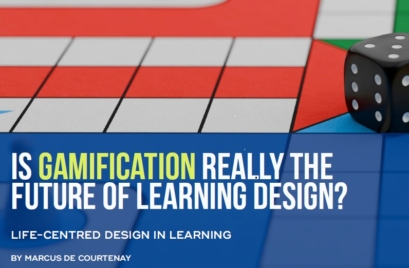
Critical thinking is a superpower. It has allowed humans to reason rationally and rigorously to uncover some incredible insights— ultimately, changing the face of our world. But in order to unlock this superpower, we need to overcome our kryptonite: cognitive biases.
Over many years psychologists have identified certain ‘tendencies’ in human thinking patterns that can sway us away from being fair and balanced in how we think. Instead, we reason in ways that make us feel good, are partial to proximity and salience, and that try to avoid effort.
As leaders, being able to understand our thinking better (and where we could grow), allows us to show up better and make more of a positive impact. So, examining the role of cognitive biases in our thinking is critical to critical thinking. The big question is: where are we letting ourselves be swayed one way or another, even when we aren’t realising it?
Let’s look at 4 of the most common biases that come up, where we often see them become problematic for leaders, and how we can work to navigate them.
1. Similarity bias
We are biased towards people who are similar to us. This is a fairly well-known bias, which likely dates back to more tribal ways of living. We can often be drawn to, and build relationships more freely with, those who are similar to us in appearance, culture, and experience. The result: a lack of inclusivity and narrower thinking.
Where we see it: Hiring and networking activities
How to navigate it: Deliberately seeking out diverse opinions and people
2. Expediency Bias
We prefer the course of action which is quickest. Most of us know this bias from becoming frustrated with conversations or discussions that seem to endlessly consider the approach rather than getting to an outcome. Unfortunately, this desire means we can miss important preliminary steps to getting the best solution.
Where we see it: Jumping to solution-thinking when faced with a problem
How to navigate it: Set a time for framing up and sitting in the problem before generating solutions
3. Confirmation Bias
We seek out information that confirms our existing beliefs or thoughts. Being wrong is distressing. As open as we might be to different ideas, we all feel that pang of discomfort when we are proved incorrect. The consequence of this bias is a desire to seek information that supports us (and ignore what doesn’t).
Where we see it: Failure to surface different views or account for alternative perspectives
How to navigate it: Consider at least three other explanations or perspectives in addition to your favoured option
4. Safety / Loss Aversion Bias
We are more concerned about losing what we have than an equivalent potential gain. Humans are programmed to avoid loss at any cost — even when that calculation isn’t serving them. We feel losses much more painfully than corresponding gains.
Where we see it: Pursuing work or a project under the sunk cost fallacy
How to navigate it: Periodically weigh up opportunity costs in your efforts for a particular task
It’s not uncommon for leaders to tend towards some biases more than others, depending on their past experiences or personal characteristics. As we come to better know ourselves and where these biases might creep in, we can set some guardrails — like those above — to help us hold them out.







